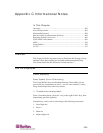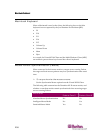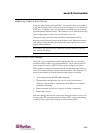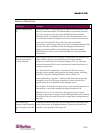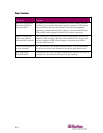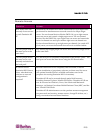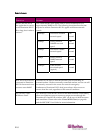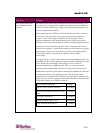
Appendix D: FAQs
213
General Questions
Question Answer
What is Dominion KX
II?
Dominion KX II is a second generation digital KVM (Keyboard, Video
Mouse) switch that enables IT administrators to access and control 16,
32, or 64* servers over the network with BIOS-level functionality.
Dominion KX II is completely hardware and OS-independent; users
can troubleshoot and reconfigure servers even when servers are down.
At the rack, Dominion KX II provides the same functionality,
convenience, space savings, and cost savings as traditional analog KVM
switches. However, Dominion KX II also integrates the industry's
highest-performing KVM-over-IP technology, allowing multiple
administrators to access server KVM consoles from any networked
workstation.
How does Dominion KX
II differ from remote
control software?
When using Dominion KX II remotely, at first glance, the interface may
seem similar to remote control software such as pcAnywhere,
Windows Terminal Services / Remote Desktop, VNC, etc. However,
because Dominion KX II is not a software but a hardware solution, it's
much more powerful:
OS- and hardware-independent - Dominion KX II can be used to
manage servers running many popular operating systems, including
Intel, Sun, PowerPC running Windows, Linux, Solaris, etc.
State-independent / Agentless - Dominion KX II does not require the
managed server OS to be up and running, nor does it require any
special software to be installed on the managed server.
Out-of-Band - Even if the managed server's own network connection is
unavailable, it can still be managed through Dominion KX II.
BIOS-level access - Even if the server is hung at boot up, requires
booting to safe mode, or requires system BIOS parameters to be altered,
Dominion KX II still works flawlessly to enable these configurations to
be made.
How do the new
features of the Dominion
KX II compare to the KX
I?
Dominion KX II has many new and exciting features, including virtual
media, dual power, dual gigabit Ethernet, common Web-based user
interfaces, next generation local port, etc.



